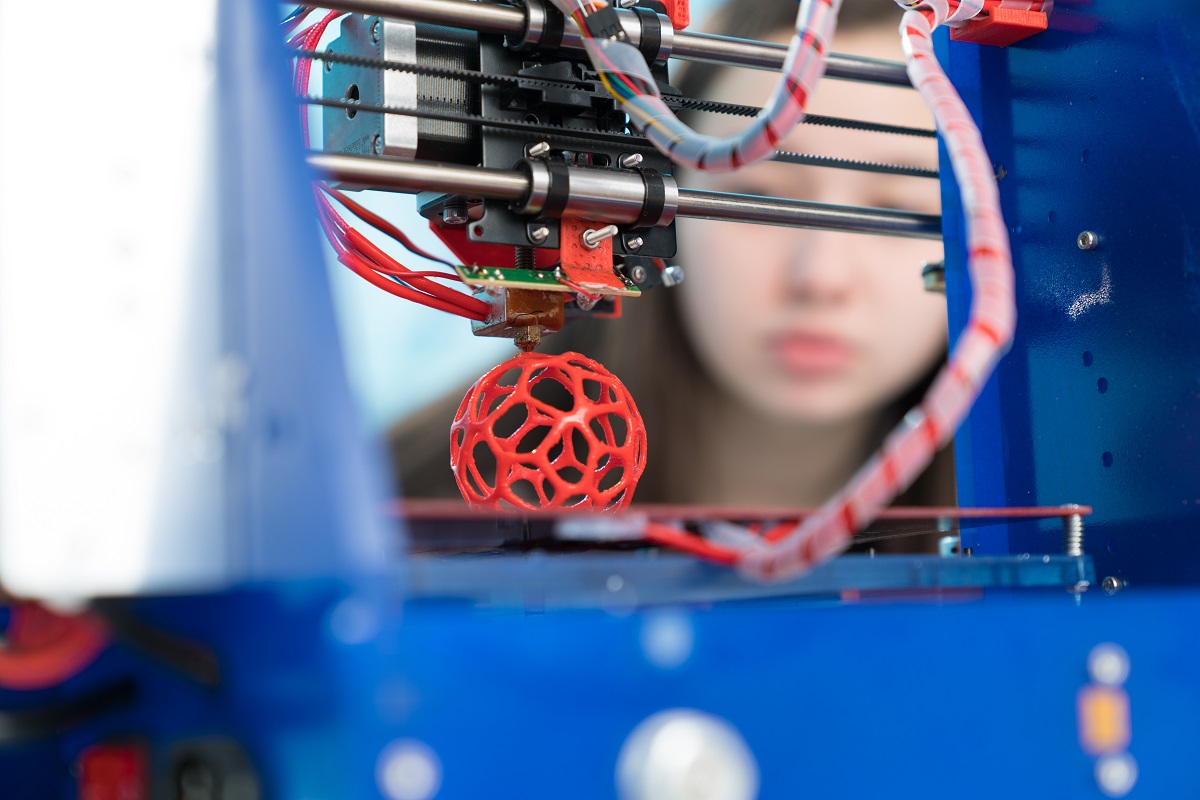The virus is more than just the great annihilator of everyday life. It is also the magnifying glass that exposes the many flaws of healthcare systems worldwide. The optimistic—and, in this case, wise—would see the holes in the system, as areas of opportunity to ensure that something good would come from this. “What can we improve to make sure this doesn’t happen again?” Key opinion leaders in the healthcare and medical science industries have asked themselves this question every day since that very first day.
This same emboldened mentality has rippled across various industries beyond pharmaceuticals and research science, giving birth to healthcare innovations that could outlast even the most terrible effects of this pandemic. Here are some of the most noteworthy:
Artificial Intelligence (AI) in Healthcare
At this point, these are closer to being buzz words than they are to being a revelation. The benefits and drawbacks of using artificial or machine intelligence in healthcare have been frequently debated in the past. But now that the situation has changed drastically, systems must begin to adapt.
Everyone is starting to acknowledge that the advantages of using AI in healthcare outweigh its risks. One of its most useful applications is in triage. By outsourcing the most critical point of healthcare, which is assessing and prioritizing, significant time will be saved. Additionally, manpower will be allocated to the treatment of more emergent cases.
Telemedicine
One of the many lessons that this pandemic has imparted is that it is possible to do more things remotely—even healthcare. With the primary goal to minimize face-to-face interactions, industry leaders are looking more toward streamlining and providing more opportunities for telemedicine. Perhaps this is most seamlessly adapted in psychological and psychiatric counseling, where the doctor and the patient could easily recreate the dynamics of a one-hour session in a Zoom call.
In other cases, such as surgery, telemedicine would naturally be more difficult to adapt. But the digital solutions it provides for data gathering, reporting, and status observation should not be undermined.
3-D Printing

Additive manufacturing is a game-changer in most kinds of businesses. In healthcare, making abstract ideas palpable has a lot of promising applications. Aside from surgery, 3-D printing can also do wonders in the name of improved dental care. With the help of technology such as GelSight that captures highly detailed images, a dentist can easily use 3-D printing to accurately pinpoint problem areas while also improving overall patient experience.
Anyone who has ever dreaded an appointment at the dentist’s clinic would surely appreciate this more non-invasive approach. Beyond that, 3-D printing also provides more targeted learning opportunities for aspiring healthcare professionals.
Genetic Testing
With industries getting bigger, the goal of healthcare has shifted from catering to the greatest number of patients to providing higher-quality and more precise care. Genetic testing is a key driver of precision healthcare as it provides information on life-saving preventive and treatment measures that otherwise would have been unknown. It is also an important part of ensuring that drug research is not limited to just a fraction of the world’s population. This pushes both the old and new agendas, making healthcare both inclusive and precise.
Virtual Reality (VR)
It’s not just for entertainment. VR has many useful applications in healthcare, specifically rehabilitation and therapy. It is a sophisticated way to expand the type and number of neurological exercises for patients. This would especially be a great asset for clinics that handle more difficult cases that often involve patients with deep psychological issues. It’s almost like a superpower, being able to force your brain to acknowledge visuals that your mind is incapable of conjuring by itself.
Robotics
It may take a little longer before more people would be confident enough to hand a 10-blade to a machine instead of a surgeon. Still, this doesn’t mean that robotics no longer offers solutions to healthcare’s real-time challenges. Providing care is highly time-intensive.
Robotics technology can help take some burden off healthcare professionals to help them focus on more demanding patient needs. For now, until more advancements can be made, robotics can be applied to patient monitoring, equipment transport, and risk reduction.
To identify areas of opportunity in a situation like this isn’t to discount its trials. Supporting these healthcare innovations is one of the many ways to avoid looking back on this moment in history filled with regret for missing such big opportunities. Compromises must still be made, but these innovations should no longer be placed on the back burner if they guarantee increased quality for patient care.
